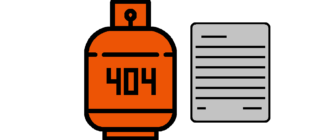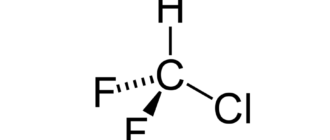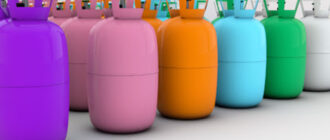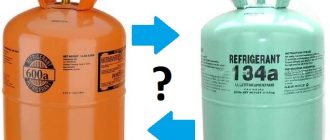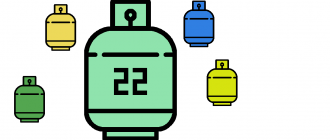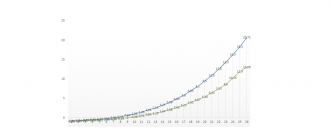Обновлено: 27 June 2022.
ODP of freons – what is it and how does it work? What are the ODP indicators for refrigerants r12, r22 and others? Why and how are gases that destroy the ozone layer banned? In the publication you will find answers to these and other questions.
What is ODP (ozone depletion potential)
The ozone depletion potential of freons (Ozone depletion potential, ODP) is a characteristic showing how the refrigerant affects the state of the ozone layer relative to the gas R-11 (CFC-11). The default ODP of freon R11 is taken as 1.
The ozone depletion potential is a relative characteristic of a refrigerant or other substance. It is evaluated by the structure of the molecule. The more chlorine and bromine atoms it contains, the higher the ODP. These molecules are more active in destroying ozone.
The presence of hydrogen in the composition of the molecule reduces the ozone-depleting potential of the refrigerant. Hydrogen atoms begin to react in the lower atmosphere. Freon cannot reach the stratosphere, where the ozone layer is located.
The Earth’s ozone depletion potential for each substance is periodically adjusted. Scientists use new climate models, compare theoretical data with practical ones. The values below may differ from other sources. But the error is within the acceptable range.
Table of Ozone Depletion Potential of Refrigerants
Below is a table of refrigerants with ozone depleting potential. It lists those freons that are still being produced or used. High ODP gases are prohibited by the Montreal Protocol. With the middle class ODP – allowed, but their use will be reduced.
| R-class | ODP | ODP grade |
|---|---|---|
| R10 | 0.82 | High |
| R12 | one | High |
| R12B1 | 7.9 | High |
| R123 | 0.06 | Average |
| R142B | 0.065 | Average |
| R22 | 0.055 | Average |
| R401A | 0.033 | Average |
| R401B | 0.036 | Average |
| R402A | 0.019 | Average |
| R402B | 0.03 | Average |
| R408A | 0.024 | Average |
| R409A | 0.046 | Average |
| R502 | 0.33 | High |
| R744A | 0.017 | Average |
Some refrigerants are not included in this list. The reason is that their ODP is too low. For example, the ozone depletion potential of freon R22 is 0.055. And the refrigerant R134a has 0.000015, which is 3667 times less. Therefore, the latter are not included in this table.
Ban on ozone depleting substances
In 1987, the Montreal Protocol on Substances that Deplete the Ozone Layer was signed. Several amendments were adopted to it, regulating the provisions of the protocol. There are six in total:
- London;
- Copenhagen;
- Montreal;
- Beijing;
- Kigali.
Some concessions were made for developing countries. Developed countries follow a more rigid version. Some, such as the European Union, have introduced their own legislation. In doing so, they accelerated the phase-out of substances with the potential to deplete the ozone layer.
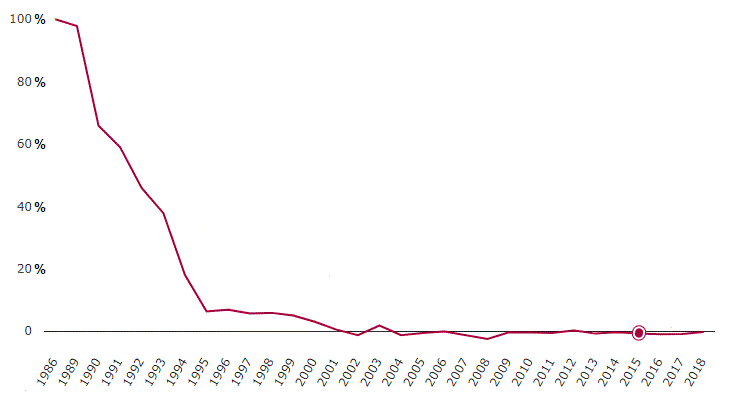
Since 2020, the US has banned the import or production of ozone-depleting freons R142b (HCFC-142b, HCFC-142b) and R22 (HCFC-22, HCFC-22). From 2030, the import or production of all hydrochlorofluorocarbons (HCFCs, HCFCs) is prohibited.
In this publication, we tried to briefly and clearly tell what the ozone-depleting potential of freons is. They explained how it is calculated, gave a table of ozone-depleting properties for popular refrigerants. Do not forget to share information with colleagues and friends!
Хотите получить помощь мастера, специалиста в этой сфере? Переходите на портал поиска мастеров Профи. Это полностью бесплатный сервис, на котором вы найдете профессионала, который решит вашу проблему. Вы не платите за размещение объявления, просмотры, выбор подрядчика.
Если вы сами мастер своего дела, то зарегистрируйтесь на Профи и получайте поток клиентов. Ваша прибыль в одном клике!
